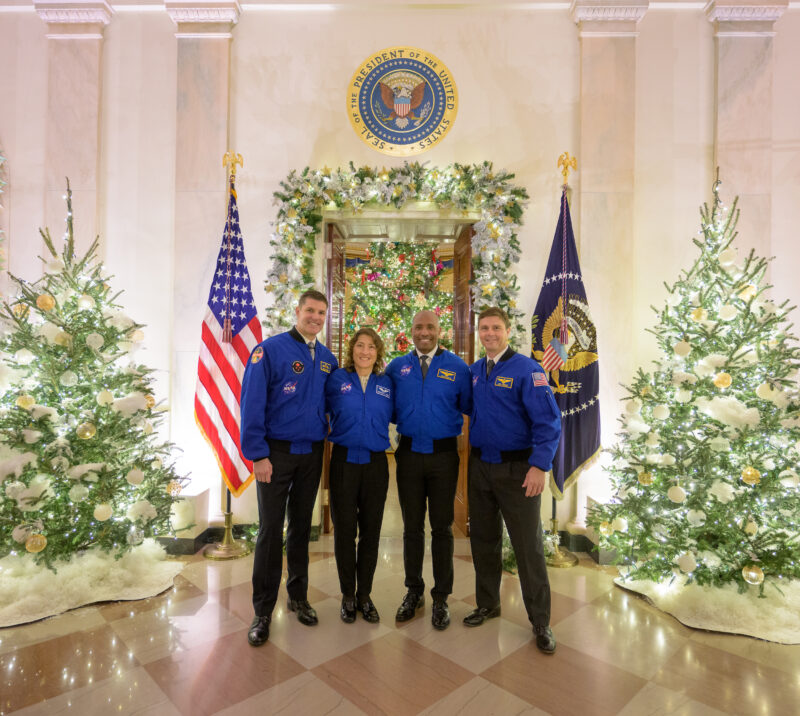
Over the holidays, anyone searching for a moment of peace might have stepped outside and noticed the full Moon in the sky. Outside of a remarkable four-year period from 1968 to 1972, this is the only view of the Moon which human eyes have ever seen. The Moon is the most recognizable object in the night sky, and its craters and mountains are visible in stark detail through a pair of binoculars. Yet, it also seems distant and out of reach. The United States has not landed a spacecraft on the lunar surface in 51 years. Throughout that same period, astronauts have been restricted to Low Earth Orbit, which is only 250 miles above Earth’s surface. All of this will change in 2024, a year which will redefine our relationship with our nearest celestial neighbor.
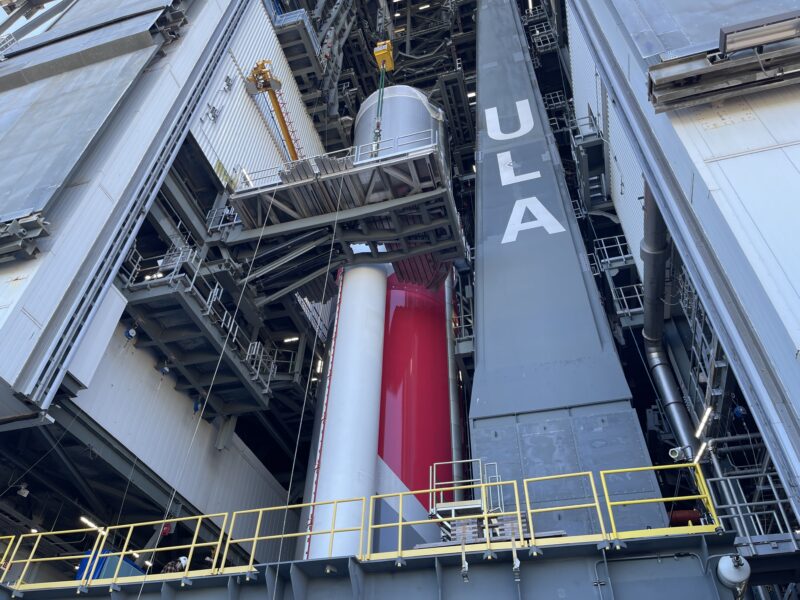
The year will begin with the long-awaited debut of two commercial lunar landers. Through its Commercial Lunar Payload Services (CLPS) program, NASA is paying contractors to independently develop and fly small robotic lunar landers. If all goes according to plan, CLPS landers will frequently deliver scientific experiments and technology demonstrations to the Moon and create a commercial marketplace in cislunar space. In the process, they will help NASA understand the resources available to the Artemis program, which is slated to land humans on the Moon later this decade.
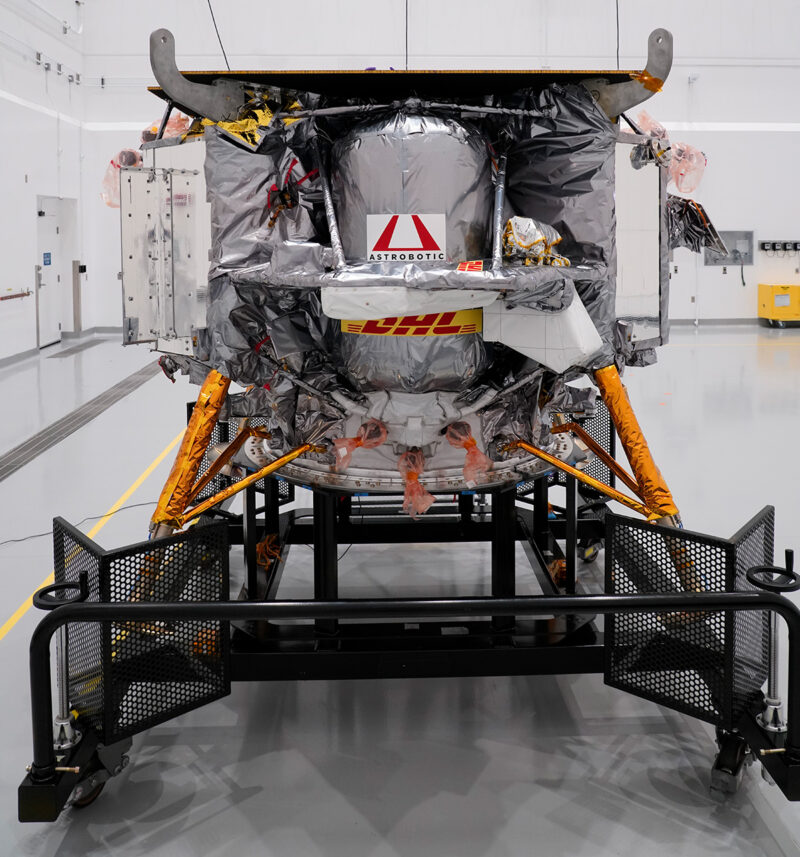
The first CLPS lander to launch will be Astrobotic’s Peregrine lunar lander. Astrobotic was founded in 2007 to compete in the Google Lunar X-Prize. While the competition is now defunct, Astrobotic continued to develop Peregrine, which is finally ready to launch. Peregrine was slated to launch on Christmas Eve, but the mission was delayed due to issues with its launch vehicle. Astrobotic’s lander will be the primary payload on the United Launch Alliance (ULA)’s first Vulcan rocket, and ULA needed to address a handful of minor problems which appeared during a propellant loading test.
Peregrine’s landing site is adjacent to a group of mysterious features called the Gruithuisen Domes. Lunar scientists hypothesize that these rounded edifices might be volcanic domes. According to this theory, the Gruithuisen domes were built by granitic magmas oozing onto the lunar surface, similar to toothpaste being pushed out of a tube. Peregrine will study this site with 200 pounds (90 kilograms) of payload. NASA is contributing six instruments, including four spectrometers which will study the composition of the landing site and the tenuous lunar atmosphere. Two miniaturized rovers from Carnegie Mellon University and the Mexican Space Agency will explore the area surrounding the lander. Peregrine is scheduled to launch on January 8th, and it will attempt its lunar landing on February 23rd.
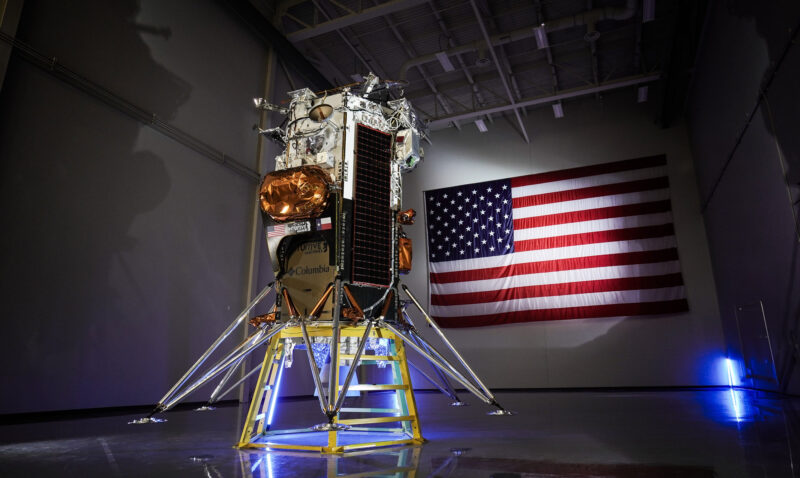
However, Astrobotic might lose the race to the lunar surface to a competitor. Houston-based Intuitive Machines is planning to launch its first Nova-C lander in mid-February. Peregrine uses hypergolic propellants, which ignite on contact and can be stored indefinitely. It therefore can follow a fuel-efficient trajectory to the Moon. Intuitive Machines opted to use cryogenic liquid oxygen and liquid hydrogen, which are more efficient but slowly boil off into space. Therefore, Nova-C will follow a more direct trajectory, arriving at the Moon about a week after its launch. Intuitive Machines has assembled a talented team to build its lander. CEO Steve Altemus, CTO Timothy Crain, Chief Scientist Ben Bussey, and many of the company’s engineers are all former NASA employees.
Intuitive Machines-1 (IM-1) will be the first mission to the Moon’s South Pole. The lunar South Pole is a land of stark shadows, as the Sun is always less than two degrees above the horizon. This makes it a difficult place to operate, but it is also the most tantalizing destination on the Moon. Permanently-shadowed regions at the South Pole contain large quantities of water ice, which could be a valuable resource for a permanent lunar outpost. Nova-C will land on the rim of Malapert-A, a crater with a permanently-shadowed floor. It will carry five NASA instruments, including a suite of cameras which will study interactions between the lander’s exhaust plume and lunar regolith and a small radio telescope. IM-1 will also feature a handful of commercial payloads, including the Lunaprise time capsule and thermal insulation from Columbia Sportswear.
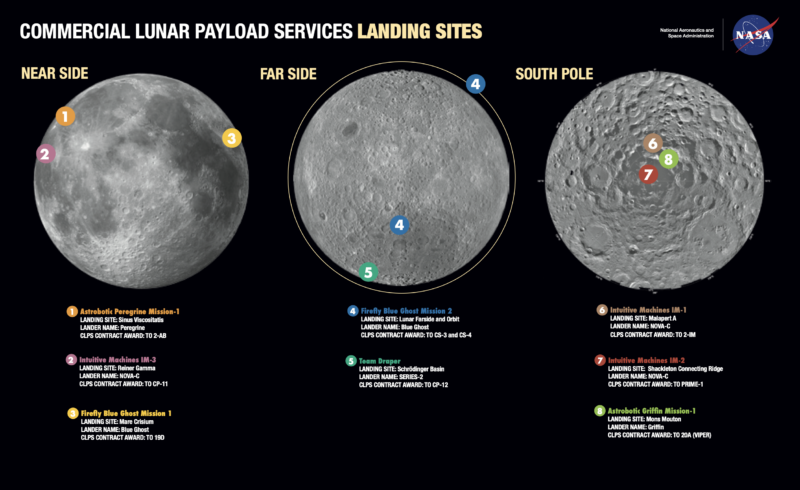
If they succeed, Peregrine and Nova-C will be the first American missions to land on the Moon in over half a century. However, they might not be the only CLPS missions to fly in 2024. Intuitive Machines is optimistic that they will launch not one, but three Nova-C landers this year. If IM-1 is successful, IM-2 will follow in its footsteps as early as the summer. It will land near Shackleton Crater and carry a drill to search for ice beneath the lunar surface. IM-3 might fly towards the end of the year and explore Reiner Gamma, one of the Moon’s eerie magnetic “swirls.” A third CLPS competitor, Firefly Aerospace, is also planning to launch its first mission in 2024. Firefly’s Blue Ghost lander will feature ten payloads from NASA.
It is worth noting that some of the CLPS missions will likely fail. Intuitive Machines CEO Steve Altemus estimates that his company’s first Nova-C lander has a 65-75% probability of success; Astrobotic and Firefly have not published their risk assessments. All of these companies are start-ups, and in some instances, they must omit redundancy or testing to be financially viable. NASA officials compare the landers to “shots on goal.” Not all of them will make it to their destinations, but by launching a steady cadence of affordable missions, the agency will be able to increase the amount of lunar research which is completed.
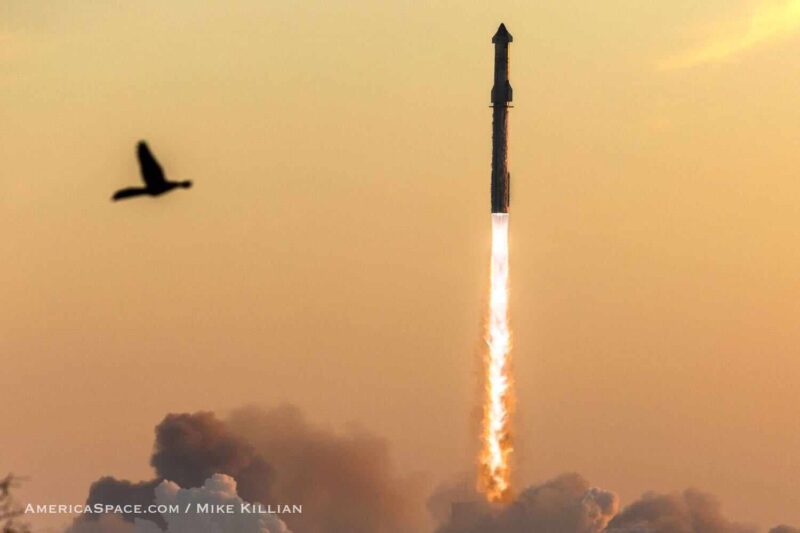
While the CLPS missions collect data on the Moon, NASA and its partners will continue to develop larger human-rated lunar landers for the Artemis program. The program’s first crewed lunar landing, Artemis 3, is officially scheduled for late 2025. However, it will likely slip into 2026 or 2027. 2024 will be a pivotal year for the Human Landing System program as its prime contractor, SpaceX, continues to test its Starship vehicle. According to SpaceX Vice President Kathy Lueders, the third Starship Integrated Flight Test (IFT) is scheduled for the first quarter of the year. The exact launch date will be dictated by the amount of time needed to resolve the undisclosed issue which caused November’s mission to fail during the last minute of its ascent to orbit. Depending on the outcome of IFT-3, up to five Starship flights could launch this year.
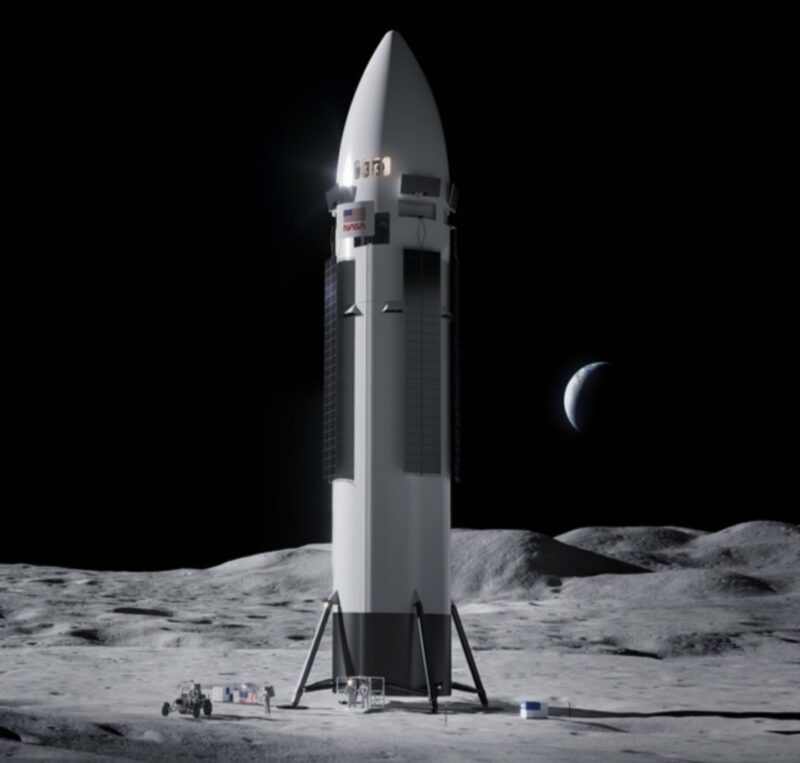
Each Starship test is of immense interest to NASA, as they utilize the same engines, propellant tanks, and flight software which will form the core of Artemis’ crewed lunar lander. IFT-3 will carry increased value because it will feature a subscale propellant transfer test. Liquid oxygen will be pumped out of a small header tank in the spacecraft’s nose and into its main oxygen tank. The Starship architecture relies upon orbital refueling, which will be implemented on a large scale for the first time. Eventually, hundreds of tons of liquid oxygen and liquid methane will be transferred between nearly 20 tankers and depots to facilitate a lunar landing. IFT-3’s groundbreaking test will be the first step towards fulfilling that vision. SpaceX and NASA would like to build upon this demonstration by transferring a full load of propellant between two individual ships in orbit. However, it seems unlikely that this test will take place in 2024, as it will likely require two launch pads. Additional Starship launch pads in Florida and Texas are still under construction.
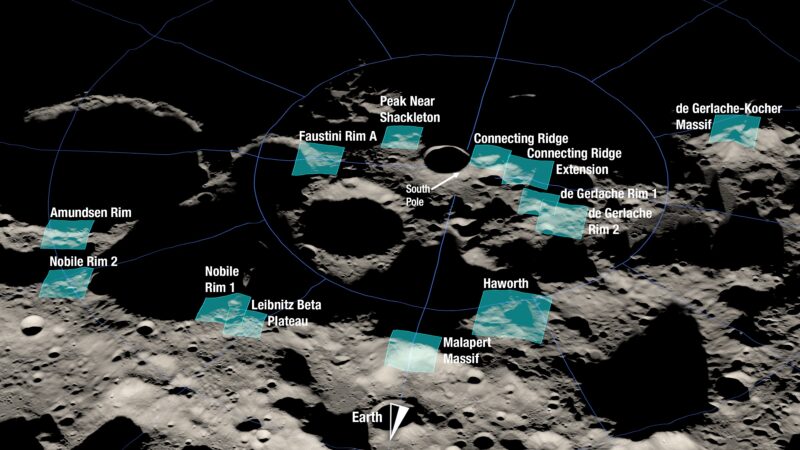
In the meantime, NASA will continue to build the flight plan for Artemis 3. The Artemis generation’s first Moonwalkers will collect samples from the South Pole and return them to Earth. NASA is currently surveying 13 large landing regions which could serve as destinations for the crew. At some point this year, the agency plans to select between three and five finalist landing regions. As the lighting conditions at the South Pole change on a seasonal basis, Artemis 3 will land within the region which happens to be illuminated when it launches. Once the final landing regions are announced, NASA will begin identifying individual landing sites based on their safety and scientific merit. This year, the agency will also select one or two geophysical instruments which the astronauts will place on the lunar surface.
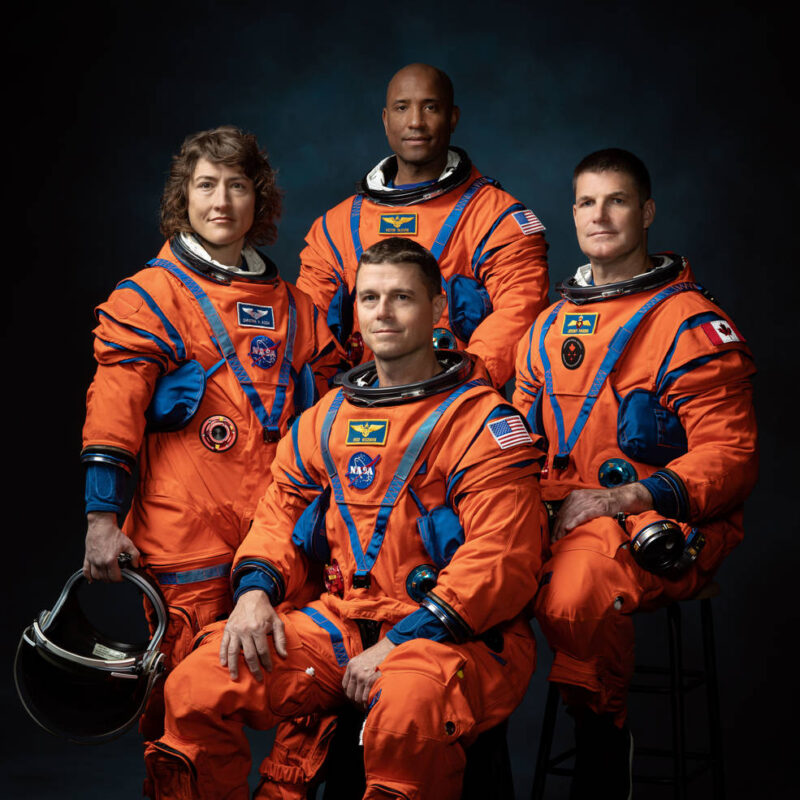
All of these milestones are important. However, the marquee event of 2024 will undoubtedly be the launch of Artemis 2, the first crewed mission of the Artemis program. During a historic 10-day voyage, astronauts Reid Wiseman, Victor Glover, Christina Koch, and Jeremy Hansen will become the first astronauts in two generations to complete a lunar flyby. The Artemis 2 launch could take place as early as November. This is not just a pipe dream; NASA is placing the final touches on the SLS rocket and the Orion spacecraft for this historic mission, and the crew is well into their training flow.
We should note that the November target date is still ambitious, and that Artemis 2 might actually launch in 2025. Artemis is still a young program, and this will be the first mission to include the life support system for the crew. Therefore, caution and prudence are the orders of the day. The Orion crew and service modules were originally scheduled to be mated in late September, but this milestone slipped into mid-November. The Kennedy Space Center’s schedule for 2024 does not include the Artemis 2 launch [1]; the same is true of NASA’s 2024 promotional video. These circumstantial pieces of evidence further suggest that a delay is plausible. However, based on NASA’s published schedules, it is possible to sketch out the path towards the launch of Artemis 2 [2] [3].
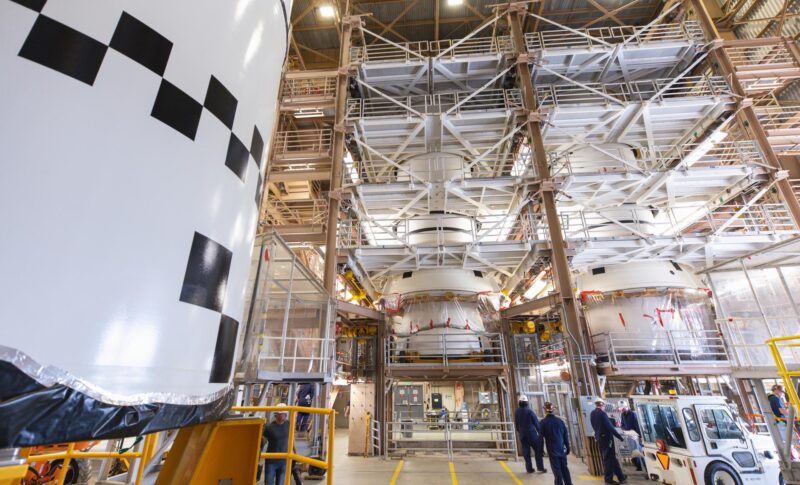
January: Engineers at the Michoud Assembly Facility are preparing to ship SLS’ Core Stage to Florida. The rocket’s four RS-25 engines were installed last year, and it should soon be loaded onto the Pegasus barge. The SLS Mobile Launcher is currently being tested at Launch Complex 39B. It will be rolled back to the Vehicle Assembly Building early in the year in preparation for the assembly of the rocket. The exact date of the relocation depends on when the testing is complete.
February: NASA could begin stacking the twin Solid Rocket Boosters (SRBs) as early as the second month of the year. However, this procedure could be delayed if the launch date slips. The joints which connect the segments of the boosters are only certified to last 12 months, although NASA extended this deadline to 20 months for Artemis 1 without encountering any issues. It will take two months to assemble the boosters, which contain five segments plus a nose cone.
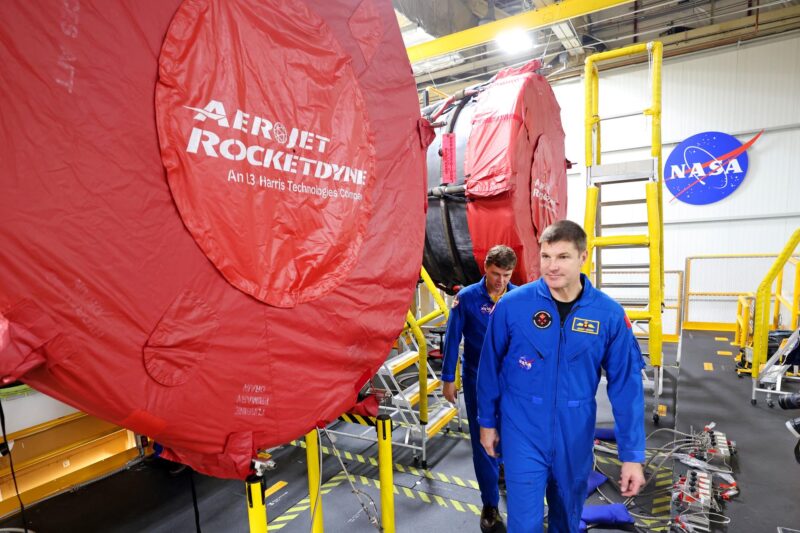
March: Orion will be placed inside a large vacuum chamber for final testing. The Orion team will depressurize the chamber and verify that the capsule’s crew cabin will not leak in the vacuum of space. As of last August, this test was slated to take place 3-4 months after the crew and service modules were connected.
April: The SLS Core Stage will be lowered between the SRBs and bolted in place. It will then be topped by the conical Launch Vehicle Stage Adapter (interstage), which will connect it to the second stage. During the same timeframe, NASA will complete its investigation of an issue concerning the Artemis 1 heat shield, which experienced unexpectedly high erosion during the successful uncrewed test flight. The results of this analysis will guide NASA as it determines what changes, if any, must be made to the spacecraft and/or its trajectory prior to Artemis 2.
May: The Interim Cryogenic Propulsion Stage will be stacked on top of the LVSA. During Artemis 2, this stage will propel Orion into a high Earth orbit.
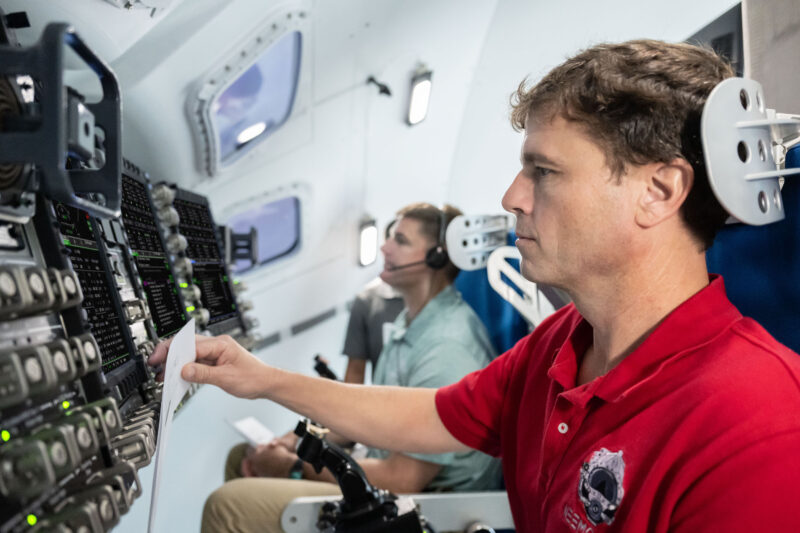
June: Assuming that it passes the vacuum test, Orion will be fueled for flight. The Launch Abort System, which will whisk the crew to safety in the event of an emergency during ascent, will then be installed onto the spacecraft.
~ August: Orion will be stacked on top of SLS to complete the Artemis 2 vehicle. NASA will then conduct comprehensive software tests to verify that the rocket and spacecraft are communicating properly.
Fall (date to be determined): Prior to the launch of Artemis 2, NASA plans to conduct a Wet Dress Rehearsal. During this test, NASA will load liquid hydrogen and liquid oxygen propellants into the rocket and walk through the launch countdown. The Wet Dress Rehearsal could occur before or after Orion is stacked on top of the rocket. If the capsule continues to be the pacing item for the schedule, the SLS team will substitute a mass simulator in its place and conduct the test while they are waiting to receive Orion. However, if the spacecraft remains on schedule, NASA would prefer to roll the completed stack out to the launch pad, conduct the Wet Dress Rehearsal, and immediately move into the launch campaign.
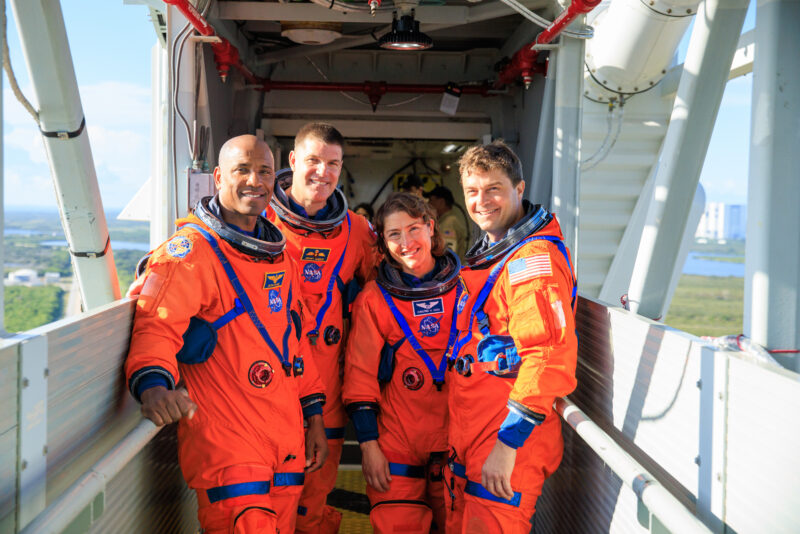
November/December: Wiseman, Glover, Koch, and Hansen will arrive at the Kennedy Space Center in their T-38 training jets. After spending a week in quarantine, they will don their space suits, drive to the launch pad, and take their seats inside Orion. At T-0, the Solid Rocket Boosters will ignite and a new era of lunar exploration will begin. Artemis 2 will mark the beginning of humanity’s transformation into a true spacefaring civilization, as NASA strives to establish an outpost on the Moon and send humans to Mars. If Wiseman’s crew launches this year, their mission will undoubtedly end 2024 on a high note.





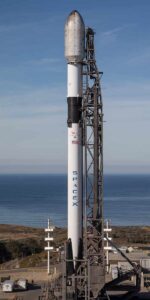
10 Comments
Leave a Reply10 Pings & Trackbacks
Pingback:Peregrine Lunar Lander Reenters Following Dramatic Mission - AmericaSpace
Pingback:Peregrine Lunar Lander Reenters Following Dramatic Mission - SPACERFIT
Pingback:IM-1 Makes History by Igniting Cryogenic Engine in Deep Space - SPACERFIT
Pingback:IM-1 Makes History by Igniting Cryogenic Engine in Deep Space - AmericaSpace
Pingback:Halfway to the Moon, IM-1 Sets its Sights on Malapert A - AmericaSpace
Pingback:Halfway to the Moon, IM-1 Sets its Sights on Malapert A - SPACERFIT
Pingback:Artemis Recovery Team Ships Out for Splashdown Rehearsal - AmericaSpace
Pingback:Artemis Recovery Team Ships Out for Splashdown Rehearsal - SPACERFIT
Pingback:“What We Need Now is Urgency”: Looking Back at Artemis After 5 Years - AmericaSpace
Pingback:“What We Need Now is Urgency”: Looking Back at Artemis After 5 Years - SPACERFIT